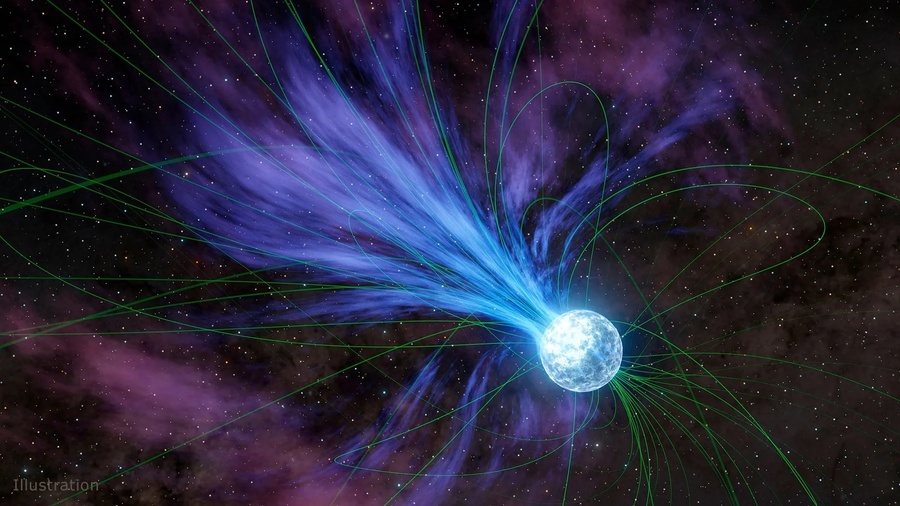What did NASA Find in the Mysterious Deep Space Signals?
In a groundbreaking discovery, NASA's telescopes have uncovered intriguing new insights into the enigmatic deep space signals that have captivated scientists for years. The findings, which shed light on the nature and origins of these mysterious cosmic transmissions, hold the potential to revolutionize our understanding of the universe.
The research, conducted by NASA's Nuclear Spectroscopic Telescope Array (NuSTAR) and the European Space Agency's XMM-Newton spacecraft, focused on a specific type of deep space signals known as persistent hard X-ray emission. These signals, which have perplexed astronomers due to their mysterious and sporadic nature, are believed to originate from highly energetic astrophysical phenomena.
By meticulously analyzing the data collected by the telescopes, scientists were able to gain invaluable insights into the underlying mechanisms behind these perplexing signals. The observations revealed that the persistent hard X-ray emission is closely associated with active galactic nuclei (AGN), which are supermassive black holes situated at the centers of distant galaxies.
The researchers found that the mysterious signals emanate from the vicinity of these AGN, where immense gravitational forces and intense radiation combine to produce high-energy particles. These particles, accelerated to near the speed of light, emit the persistent hard X-ray emission that reaches our telescopes on Earth.
The groundbreaking discovery opens up a multitude of possibilities for further research and exploration. Scientists now have a more comprehensive understanding of the complex processes occurring in the vicinity of AGN, which could help unravel the mysteries surrounding the formation and evolution of galaxies.
Additionally, the findings have significant implications for the study of black holes and their role in shaping the cosmos. The persistent hard X-ray emission provides a unique window into the inner workings of these celestial behemoths, offering scientists a rare glimpse into the extreme conditions that exist near black holes.
Dr. Fiona Harrison, the principal investigator of NuSTAR at the California Institute of Technology in Pasadena, expressed her excitement about the findings, stating, "These new insights have the potential to transform our understanding of the universe. The persistent hard X-ray emission has long puzzled astronomers, and now we have a clearer picture of its origins. This discovery is a testament to the power of collaboration and the remarkable capabilities of our telescopes."
As scientists continue to unravel the mysteries of these intriguing deep space signals, the future of astrophysics looks more promising than ever. With each new breakthrough, humanity moves one step closer to unlocking the secrets of the cosmos, expanding our knowledge of the universe, and gaining a deeper appreciation for the incredible wonders that lie beyond our planet.

